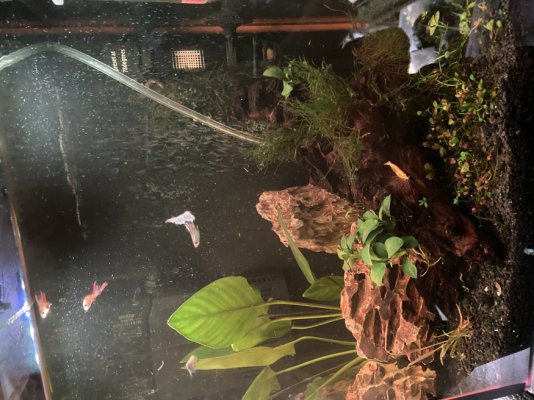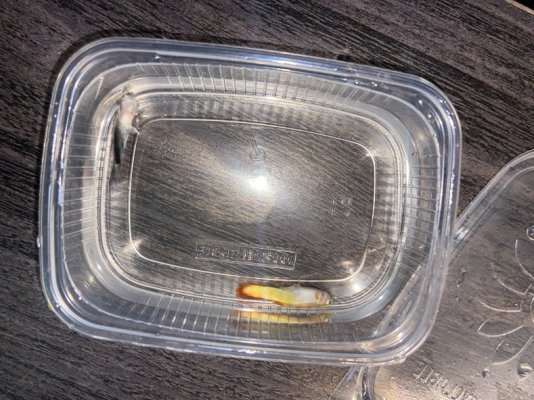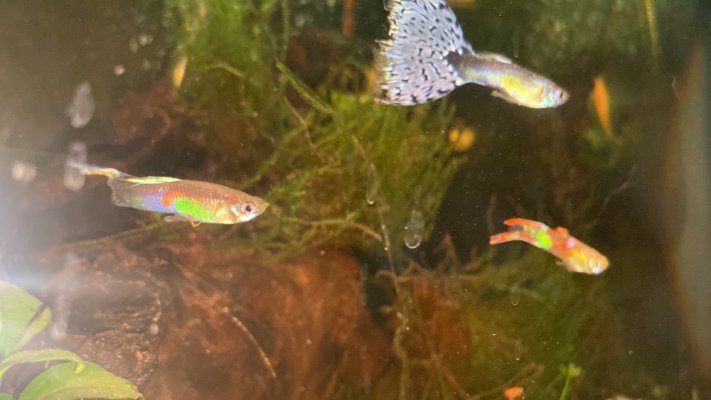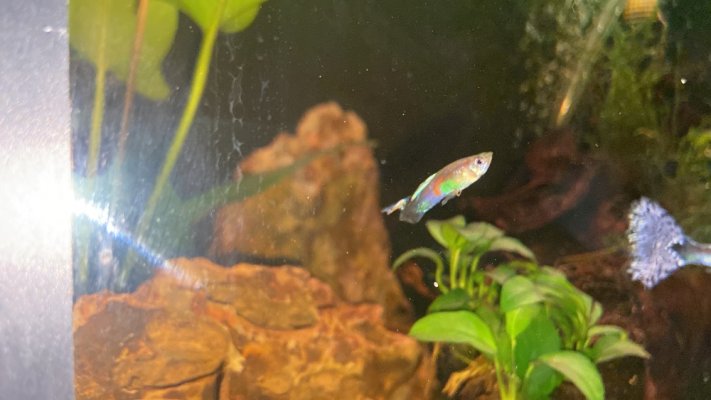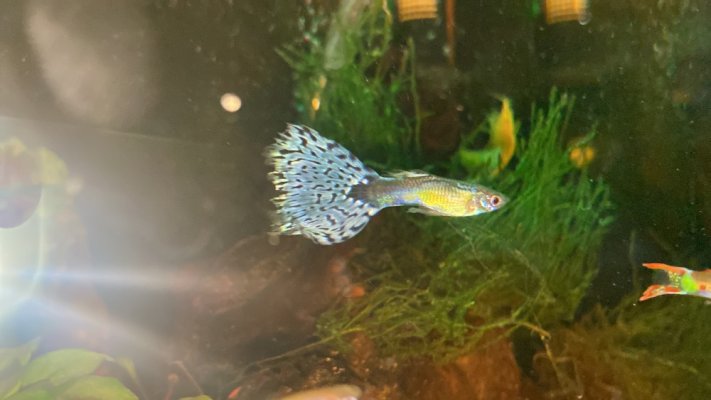Aliciajanel
Aquarium Advice Newbie
- Joined
- Oct 4, 2022
- Messages
- 3
Hi,
I have a little 8 gallon tank that is home to a few guppies and two shrimp. I seem to have issues keeping guppies alive and I think my tank may be the issue. I lost a guppy last week and replaced it with two new ones for a total of 5 ( it had been a little while since I’d lost one so I didn’t think much of it) they are all small so I’m very close to the inch of guppy per gallon rule. Anyway they both died in under two days and my other guppies don’t seem as active as usual, even the annoying snails I can’t get rid of seem to have died off. From what I know guppies are fairly hardy so I’m sure there is something wrong with my tank. I do weekly 25% and monthly 50-75% water changes, I have all real plants, a cute log, and some dragon stones from pet smart. I have a air stone, my filter is for 10-20g so it should be able to keep up, and my heater keeps the tank at 25 degrees Celsius. I use water conditioner and the only change I’ve made recently is adding the dragon stone and using flourish Excel for my plants. I use the API master test kit and everything this is exactly where it should be, my pH is at 8.2 which is a bit high but would it be enough to kill them? I had fin rot about a month ago but that’s sorted now except for my little trooper who doesn’t have much of a tail left but he’s hanging on. I’m stumped!! Guppies are quite hardy so you would think it would be obvious right? Hoping someone might have some ideas or suggestions, anything helps thanks!
I have a little 8 gallon tank that is home to a few guppies and two shrimp. I seem to have issues keeping guppies alive and I think my tank may be the issue. I lost a guppy last week and replaced it with two new ones for a total of 5 ( it had been a little while since I’d lost one so I didn’t think much of it) they are all small so I’m very close to the inch of guppy per gallon rule. Anyway they both died in under two days and my other guppies don’t seem as active as usual, even the annoying snails I can’t get rid of seem to have died off. From what I know guppies are fairly hardy so I’m sure there is something wrong with my tank. I do weekly 25% and monthly 50-75% water changes, I have all real plants, a cute log, and some dragon stones from pet smart. I have a air stone, my filter is for 10-20g so it should be able to keep up, and my heater keeps the tank at 25 degrees Celsius. I use water conditioner and the only change I’ve made recently is adding the dragon stone and using flourish Excel for my plants. I use the API master test kit and everything this is exactly where it should be, my pH is at 8.2 which is a bit high but would it be enough to kill them? I had fin rot about a month ago but that’s sorted now except for my little trooper who doesn’t have much of a tail left but he’s hanging on. I’m stumped!! Guppies are quite hardy so you would think it would be obvious right? Hoping someone might have some ideas or suggestions, anything helps thanks!

